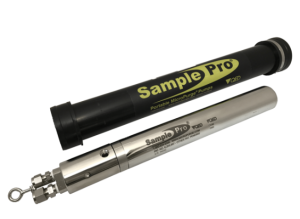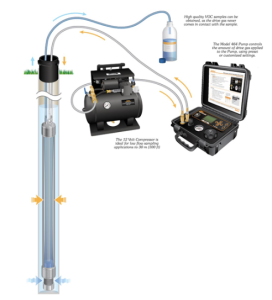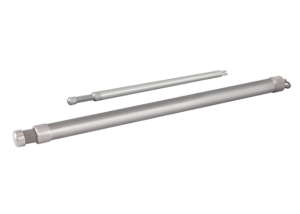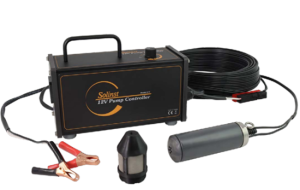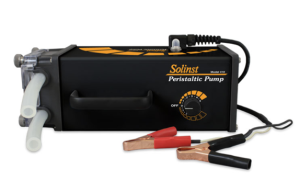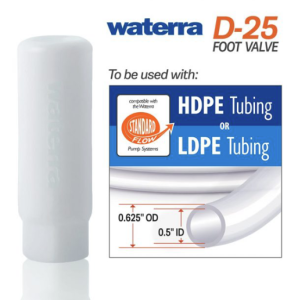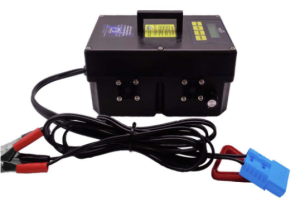Subscribe to HydroTerra News


Previous Editions
2025
2024
- December Newsletter
- November Newsletter
- October Newsletter
- September Newsletter
- August Newsletter
- July Newsletter
- June Newsletter
- May Newsletter
- April Newsletter
- March Newsletter
- February Newsletter
- January Newsletter
2023
- December Newsletter
- November Newsletter
- October Newsletter
- September Newsletter
- August Newsletter
- July Newsletter
- June Newsletter
- May Newsletter
- April Newsletter
- March Newsletter
- February Newsletter
- January Newsletter
2022
- December Newsletter
- November Newsletter
- October Newsletter
- September Newsletter
- August Newsletter
- July Newsletter
- June Newsletter
- May Newsletter
- April Newsletter
- March Newsletter
- February Newsletter
- January Newsletter
2021
- Technology News – December
- HydroTerra News – November
- Technology News – November
- Technology News – October
- HydroTerra News – October
- HydroTerra News – September
- Technology News – September
- HydroTerra News – August
- Technology News – August
- HydroTerra News – July
- Technology News – July
- HydroTerra News – June
- Technology News – June
- HydroTerra News – May
- Technology News – May
- HydroTerra News – April
- Technology News – March
- HydroTerra News – March
- Technology News – February
- HydroTerra News – February
2020
- Supplier Newsletter – December
- Supplier Newsletter – November
- General Newsletter – November
- Supplier Newsletter – October
- Supplier Newsletter – September
- General Newsletter – September
- Supplier Newsletter – August
- General Newsletter – August
- Supplier Newsletter – July
- General Newsletter – July
- General Newsletter – June
- Supplier Newsletter – May
- General Newsletter – May
- Supplier Newsletter – April
- General Newsletter – April
January Newsletter

Introduction
25 January 2024Welcome to 2024. Hopefully our readers will be happy to hear that our desire to share knowledge and collaborate with industry continues unabated as we head into the new year. We started the year with a bang, with a really well attended webinar (over 360 registrants) learning about contaminated sites. Many thanks to Dr Victor Kabay.
Whilst on the theme of sharing knowledge, there is a very interesting article in this newsletter which highlights the considerable contribution that groundwater discharges are making to the pollution on Great Barrier Reef. As we build our understanding of these interactions, the need to manage groundwater and groundwater quality, become clear.
Finally, we have shared some exciting news on our progress with our modular telemetered groundwater monitoring systems Stygo. Hot off the production line and destined for a mine site in South Australia. Congratulations to the team on making this vision a reality.
Welcome back to you all!
HydroTerra’s Stygo 3, assembled and ready for shipping
25 January 2024
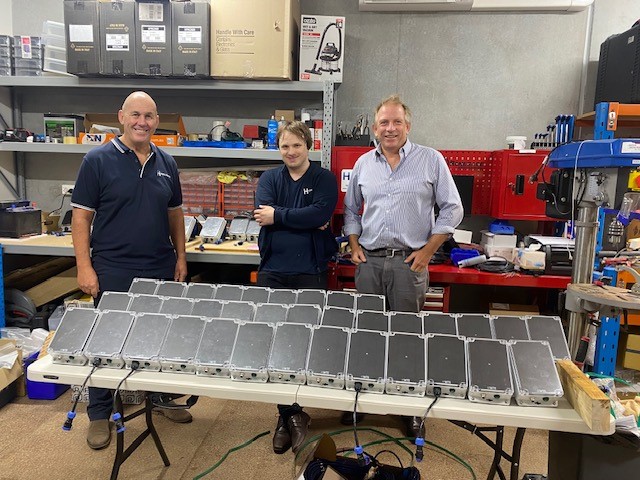
New Solinst 103 Tag Line
25 January 2024
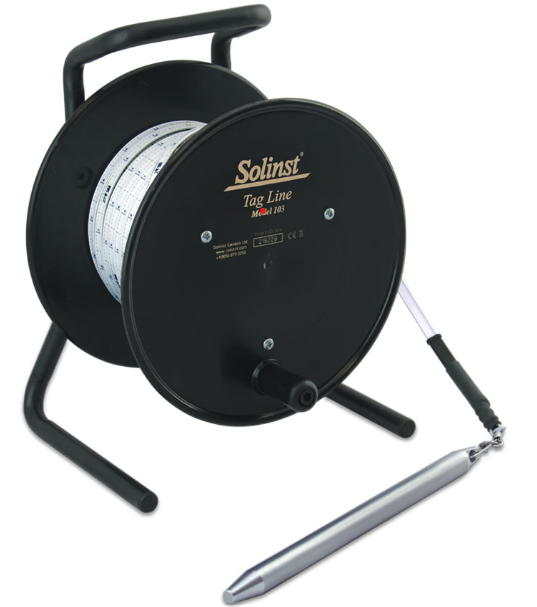
Groundwater polluting the Great Barrier Reef?
25 January 2024
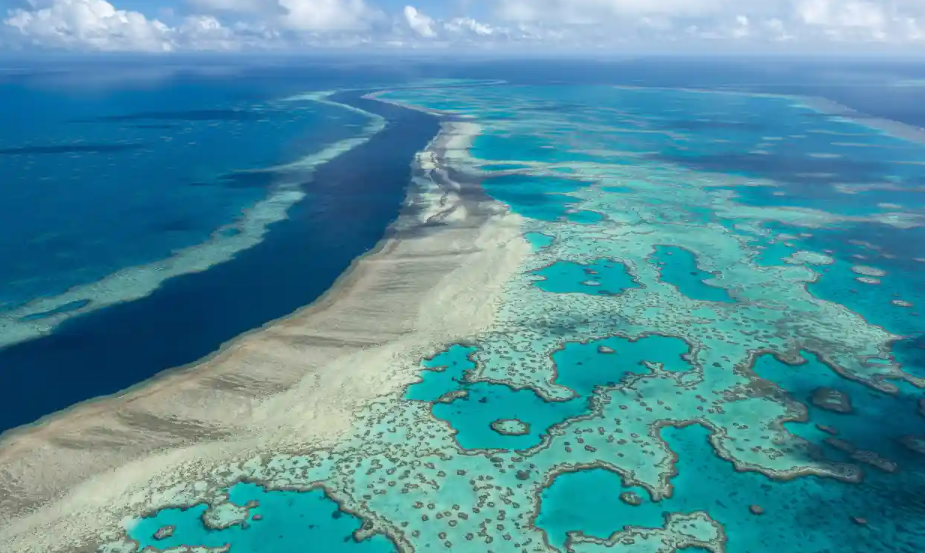
Learnings from Victor Kabay
25 January 2024
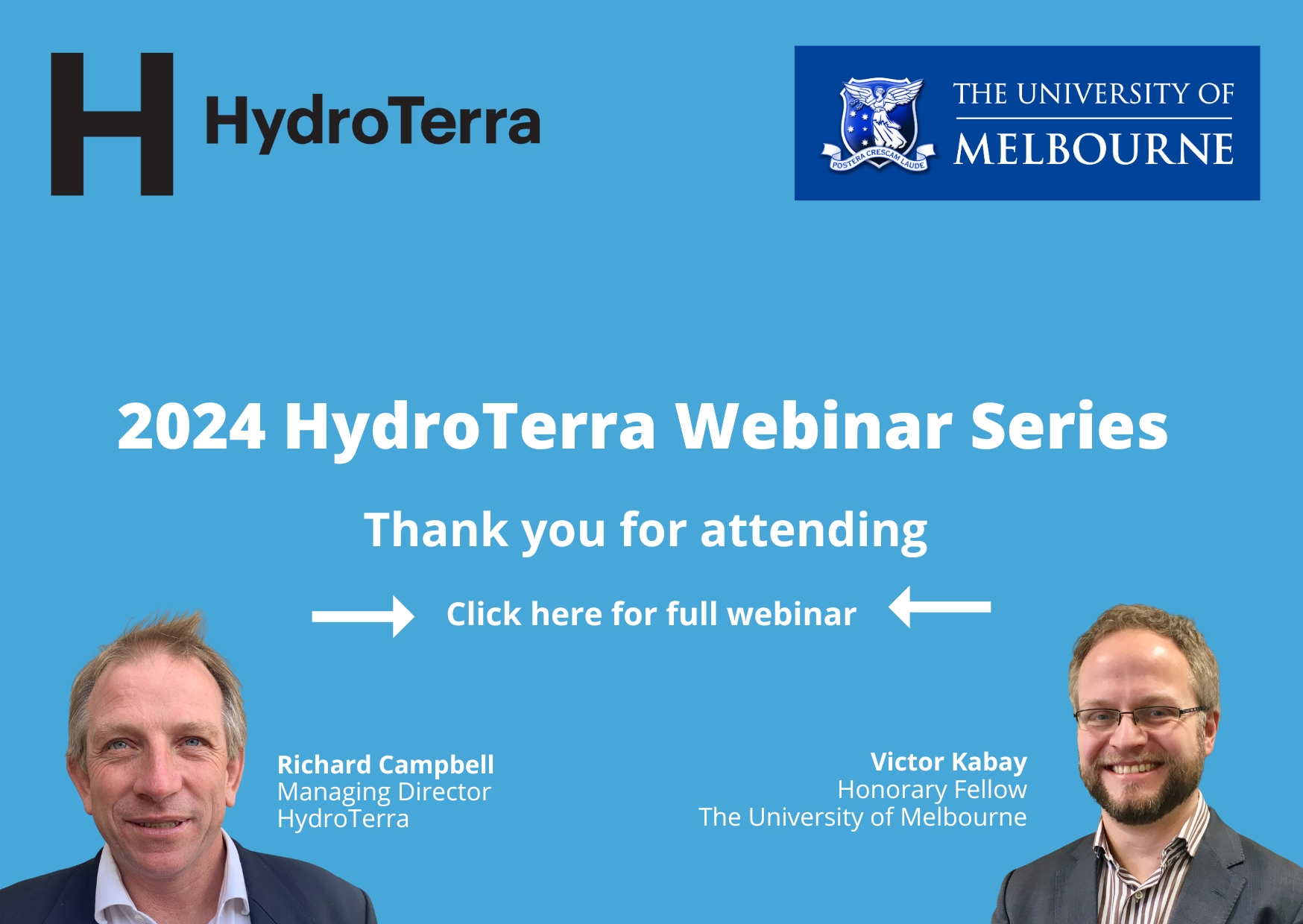
Solinst 615 Piezometer – what can’t it do?
25 January 2024

Beacon’s Passive Soil Gas Samplers put to use
25 January 2024
Groundwater sampling training course continues!
25 January 2024
- Webinar: Dive right into groundwater sampling...
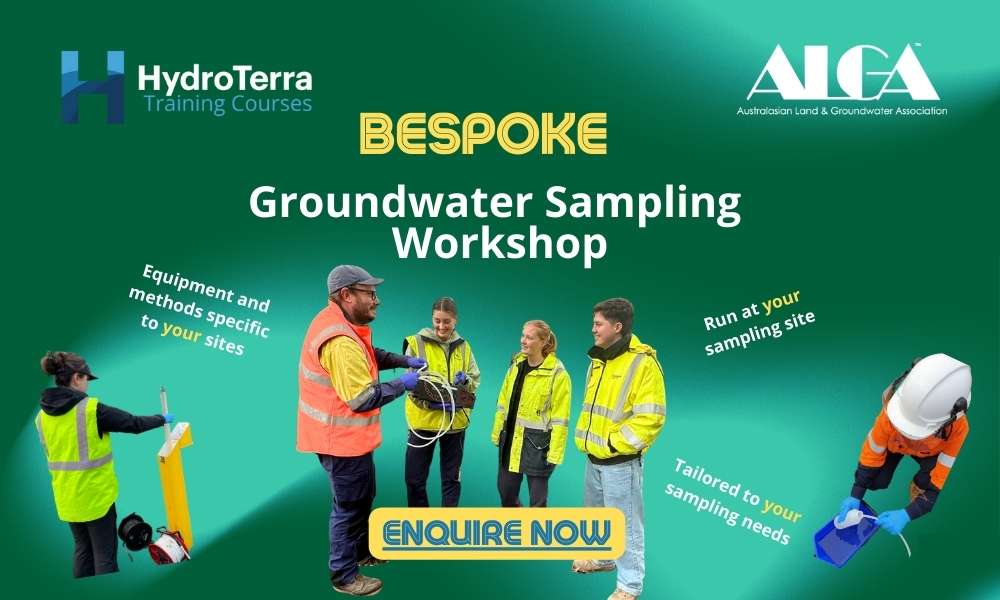
Check out HydroTerra's wide range of pumps available for rent
25 January 2024Purging/Sampling pumps
Click on photos to view product on our website
Lift pump can achieve
Width of bore
Flow rate
Sediments in water
Up to 50m
4.45cm
Best suited to low-flow purging
Can handle higher sediments
150m below ground level, drop tube assembly can be used to achieve deeper lifts
available in two diameters, 4.22cm and 2.54cm
Best suited to low-flow
Not damaged by operation in sediment laden water
If standing water level is <150m below TOC, theoretically pump lift is unlimited
Available in three diameters, 4.22cm and 0.95cm
Flow rate can be high, so can be used for low-flow and purging well volumes
Not damaged by operation in sediment laden water
Up to 36.5m below ground surface
Fits inside 50mm bores or larger
Flow rate can be high, so can be used for low-flow and purging well volumes
For environments with high sediments, disposable in-line filter can be threaded onto bottom
Up to 6m below ground surface
Pump external, width of tubing 3/8-inch OD
Flow rate can be relatively high, so can be used for low-flow or purging multiple well volumes when depth of well permits
Can handle high sediments due to pump design
Can provide lifts of 45-60m
Foot valve is small and available in different sizes
Powerpack can be attached for higher flow rates
Can tolerate higher sediments in water




